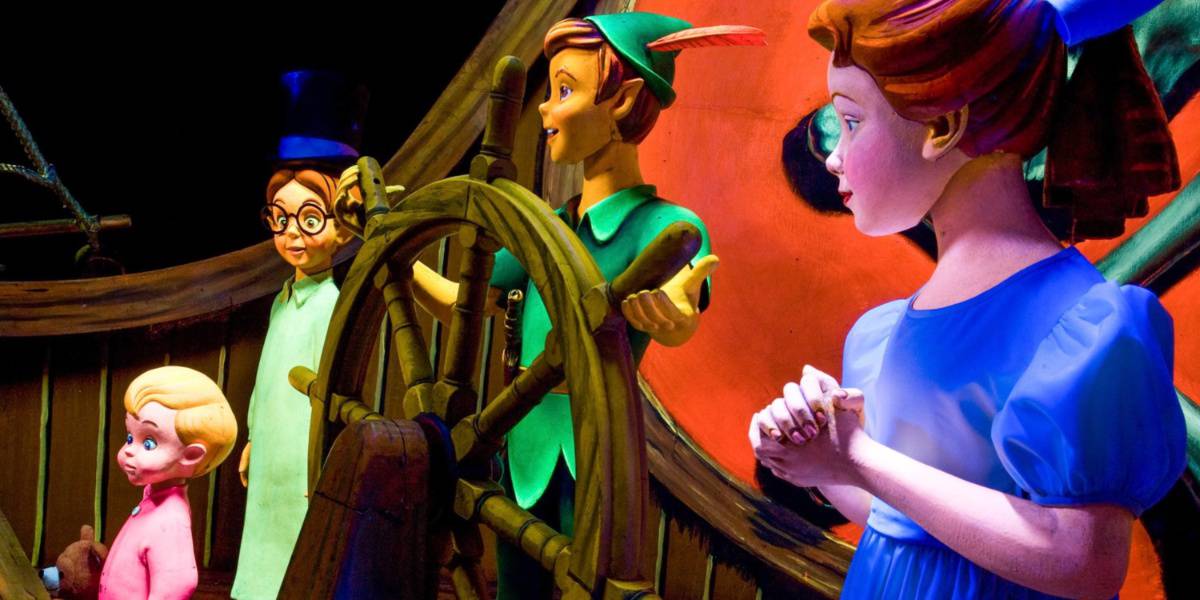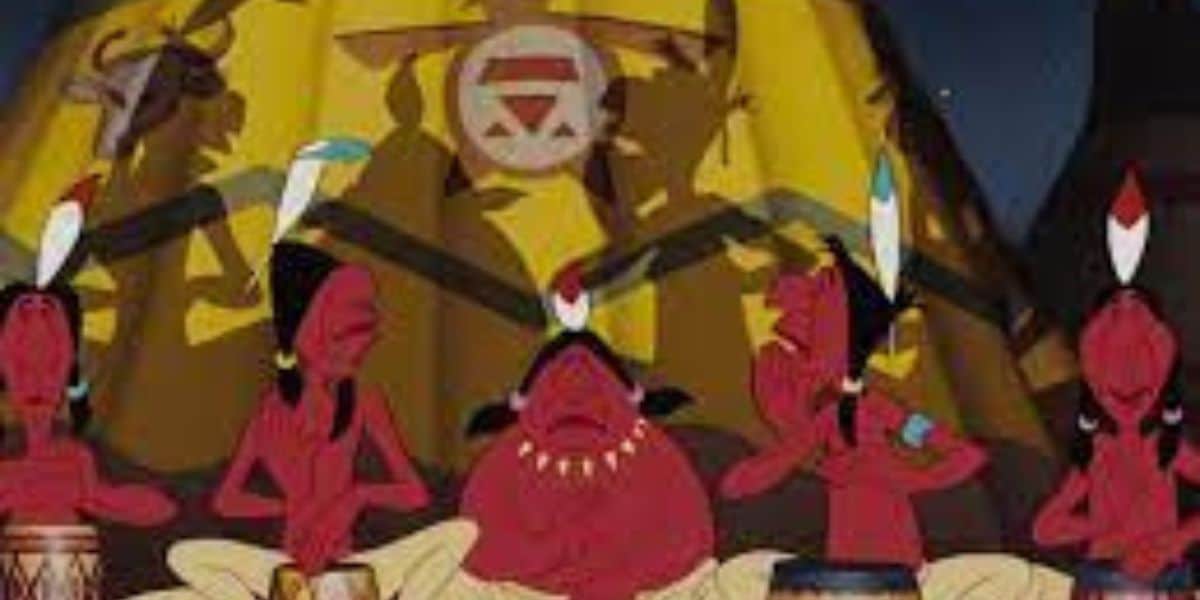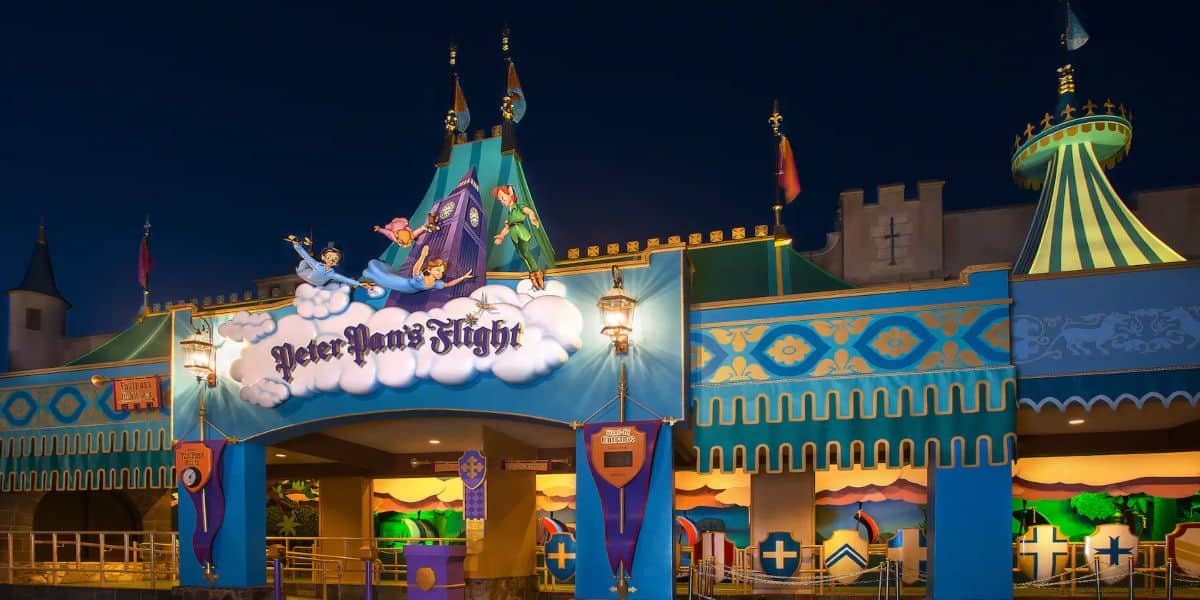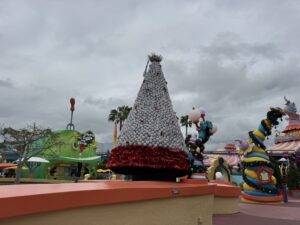J. M. Barrie created Peter Pan in his 1902 novel “The Little White Bird.” The author wrote a play (1904) and a book (1911) called “Peter and Wendy,” cementing The Boy Who Wouldn’t Grow Up in pop culture. The classic tale has been retold countless times, most notoriously by Walt Disney Animation Studios in 1953. Now, yet another director is returning to Neverland.
Seventy years after Moose Charlap adapted Barrie’s play into a Broadway musical, “Peter Pan” is once again delighting families nationwide. Revival director Lonny Price spoke with Playbill about adapting a “moving and beautiful” but flawed story for modern audiences.
Like The Walt Disney Company added a cultural sensitivity warning to Peter Pan (1953) on Disney+ and made updates, as noted below to Peter Pan’s Flight attraction, Price said the “Peter Pan” musical desperately needed an inclusive makeover. When Peter Pan, Wendy Darling, Michael Darling, and John Darling fly to Neverland, they meet the Lost Boys, Captain Hook, and a tribe of stereotypically depicted “Indians.”

The director called the show’s representation of Native Americans a “big stain of a problem.” The Lost Boys mock them with an “Ugg-a-Wugg” chant. In the 1954 script, the character of Tiger Lily is described as “the belle of the Henny Penny tribe, whose braves would all have her to wife, but she wards them off with a hatchet.”
Larissa FastHorse, the first known Native American writer to produce a play on Broadway (“The Thanksgiving Play”), initially wanted nothing to do with “Peter Pan.” She called Tiger Lily’s character a result of “rape culture”: “There are a lot of things that really shocked me that we’ve been letting kids read this.” After some urging from Price and a second look at the script, she decided to help revive the musical.
FastHorse is the first Native American given the freedom to rewrite the “Peter Pan” musical, though other reboots like NBC’s Peter Pan Live (2015) consulted with Indigenous communities to tweak their productions. She and Price are committed to telling the magical tale in a way that “doesn’t cause harm.”

Instead of Native Americans, FastHorse depicts Barrie’s “Indians” as a collection of representatives of Indigenous cultures worldwide. They’ve come to Neverland to preserve their culture. As the last remnants of their communities, FastHorse told Playbill that the Indigenous characters are “keeping their culture alive until maybe one day they can find a way to bring it back.”
The production team decided to keep the name Tiger Lily, but she won’t be an object of the Lost Boys’ desire. The show will feature Indigenous actors in traditional clothing from the cultures they represent, and absolutely no actors in “red face.” And no “Ugg-a-Wugg.”
FastHorse also examined misogyny in “Peter Pan.” She created songs and action scenes for Wendy and Tiger Lily. They “actually speak to each other at one point without Peter.”

Traditionally, Peter Pan was portrayed by women on stage–. But in a modern world where children understand the gender spectrum, FastHorse felt it “deeply irresponsible to pretend gender isn’t there.” This led them to Nolan Almeida, who first appeared in a “Charlie and the Chocolate Factory” production at seven years old.
“The minute you hear Nolan, you’ll think it was written for him,” Price said.
With a diverse cast and updated plot lines, Price and FastHorse hope that audiences will see themselves represented on stage. To make sure the musical is relatable to American audiences, the show takes place in the modern-day United States. But they assured Playbill that all the charm and wonder of the classic tale are still present.
What exactly should audiences expect? Check out this video clip below:
@peterpanthemusical
“There’s something that taps into all of us as human beings. As children we get to relive the parts of childhood where you wanna dream and you wanna be free.” – Anna Louizos Are you ready to go to Neverland? Discover where we are headed next at the link in bio! Featuring: Nolan Almeida (Peter Pan), Anna Louizos (Scenic Design), Hawa Kamara (Wendy), & Sarafina Bush (Costume Design)
Related: Disney’s Original Tinker Bell Returns to Disneyland for 94th Birthday
“My goal in this was that every child that comes to this show will leave the theatre and believe they can look out their window and see Peter fly by,” FastHorse said. “Not a Victorian child’s window, not a wealthy child’s window, not a white child’s window. They can believe their window, that Peter will come to them.”
“Peter Pan” is currently touring the United States through April 2025. Its next stops include Utah, Tennessee, Texas, and Ohio. A complete list of performances is available here. This production is not affiliated with The Walt Disney Company.
Peter Pan’s Flight Now Includes Updated Never Land Scene at Magic Kingdom
These Peter Pan performances on Broadway are not the only adaptation fans of Neverland have seen recently.

Peter Pan’s Flight at Walt Disney World’s Magic Kingdom reopened on August 16, 2024, featuring a newly reimagined Native American scene. This update was part of a six-week refurbishment that focused on removing insensitive racial stereotypes and outdated portrayals of Indigenous people, creating a more respectful depiction of Never Land’s iconic tribe.
Originally scheduled to reopen on August 21, the attraction made an early return for guests to enjoy. Located in Fantasyland, Peter Pan’s Flight at Magic Kingdom is inspired by the beloved classic at Disneyland Resort in California, offering a fresh yet nostalgic adventure through the timeless tale of Peter Pan and his friends.
Have you ever seen “Peter Pan” on Broadway? In the comments, share your thoughts on the musical with Inside the Magic.
The post ‘Peter Pan’ Remade in a Culturally Sensitive Way appeared first on Inside the Magic.



